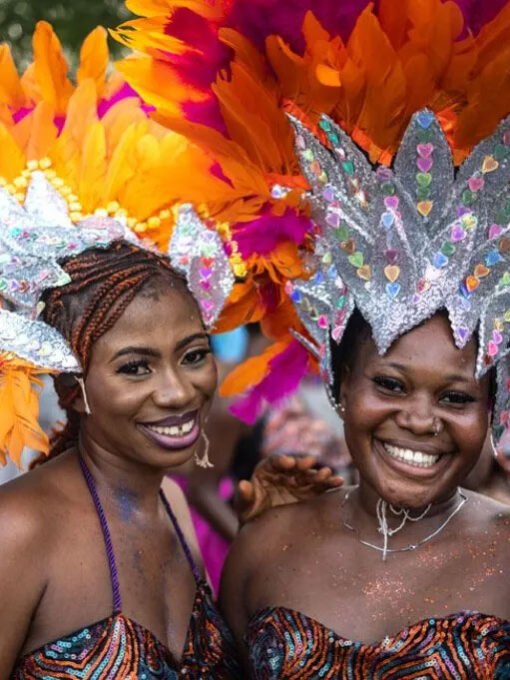Most African foods are healthier than foods in other parts of the world. This is because African foods are richer in dietary fiber. Which helps to prevent heart diseases and African foods are generally lower in added sugar, fat and sodium. Here’s a list of African superfoods you may be sleeping on;
Amaranth

Known by various names in Africa – Mchicha in Swahili, Terere among the Gikuyu, Meru and Embu of Kenya, Doodo in Uganda and shoko in Yoruba, both the leaves and grain of amaranth are used as food. Amaranth grain contains about 30% more protein than cereals like rice, sorghum and rye; its nutritional profile is comparable to wheat germ and oats. Compared to other grains, amaranth is unusually rich in the essential amino acid lysine.
Moringa

Native to Africa and South Asia, all parts of the moringa tree bark, pods, leaves, nuts, seeds, tubers, roots, and flowers are edible. The leaves are used fresh or dried and ground into powder, and are high in protein, calcium, iron, Vitamin C and Vitamin A; some estimates show that gram-for-gram, moringa contains twice the protein of yoghurt, four times the calcium of milk, seven times the Vitamin C of oranges and 25 times the iron of spinach. If you can disguise the heavy chlorophyll taste, moringa oleifera gives you one of the most nutrient-dense packages around.
Pumpkin leaves

Commonly known in Nigeria as “ugwu/ ugu”, pumpkin leaves are eaten all over Africa and form a common part of the diet when available; leaves can be eaten fresh or dried. They can be steamed like spinach, sauteed in some olive oil with garlic and salt, or used in stir-fries and stews. Pumpkin leaves contain a healthy amount of Vitamin A, Vitamin C, calcium, and iron, as well as folate, potassium, and some of the B-vitamins.
Hibiscus

When dried hibiscus flowers are steeped in hot water, the dark red hibiscus tea is called karkadeh/ karkady in Arabic, and is popular in North Africa, particularly Egypt and Sudan. In Egypt and Sudan, wedding celebrations are traditionally toasted with a glass of hibiscus tea. In West Africa, it’s known as bissap, tsoborodo or wonjo; bissap is called the “national drink of Senegal.” Hibiscus tea is rich in antioxidants minerals and vitamin C, and served hot it loses a bit of its characteristic sour.
Kenkiliba

The leaves from Kenkiliba shrub, native to the Sahel, are used to make an infusion tea that is touted as a digestive detoxifier and cure-all, common in Burkina Faso, Mali, Senegal, Guinea and the Gambia. Some West African Muslims will break their all-day Ramadhan fast with bread and a sweet and milky kenkiliba tea, as kenkiliba is a digestive stimulant.



 EXCLUSIVE: Chat With Fally Ipupa On His New Video ‘Mayanga’ And How Collaborating With ‘The Garden Of Sisterhood’ Campaign Helped Bring His Vision To Life
EXCLUSIVE: Chat With Fally Ipupa On His New Video ‘Mayanga’ And How Collaborating With ‘The Garden Of Sisterhood’ Campaign Helped Bring His Vision To Life  YouTubers Explore Their Ancestral Home in Africa
YouTubers Explore Their Ancestral Home in Africa  Calabar Carnival: Nigeria’s Grandest Street Party
Calabar Carnival: Nigeria’s Grandest Street Party  Honoring the Legacy of Toumani Diabaté: A Maestro of the Kora
Honoring the Legacy of Toumani Diabaté: A Maestro of the Kora  Sidiki Diabaté’s Triumphant Return to the US: A Night to Remember in NYC
Sidiki Diabaté’s Triumphant Return to the US: A Night to Remember in NYC  Camidoh’s Incredible Rise: From Small-Town Ghana To Afrobeats Star With 1M+ Monthly Listeners
Camidoh’s Incredible Rise: From Small-Town Ghana To Afrobeats Star With 1M+ Monthly Listeners  Rock Icon Lenny Kravitz And Son Of Legendary Artist Fela Kuti, Seun Kuti, Come Together For New Afrobeats Album
Rock Icon Lenny Kravitz And Son Of Legendary Artist Fela Kuti, Seun Kuti, Come Together For New Afrobeats Album  DJ Cuppy Celebrates Ubuntu Pathways’ 25th Anniversary
DJ Cuppy Celebrates Ubuntu Pathways’ 25th Anniversary